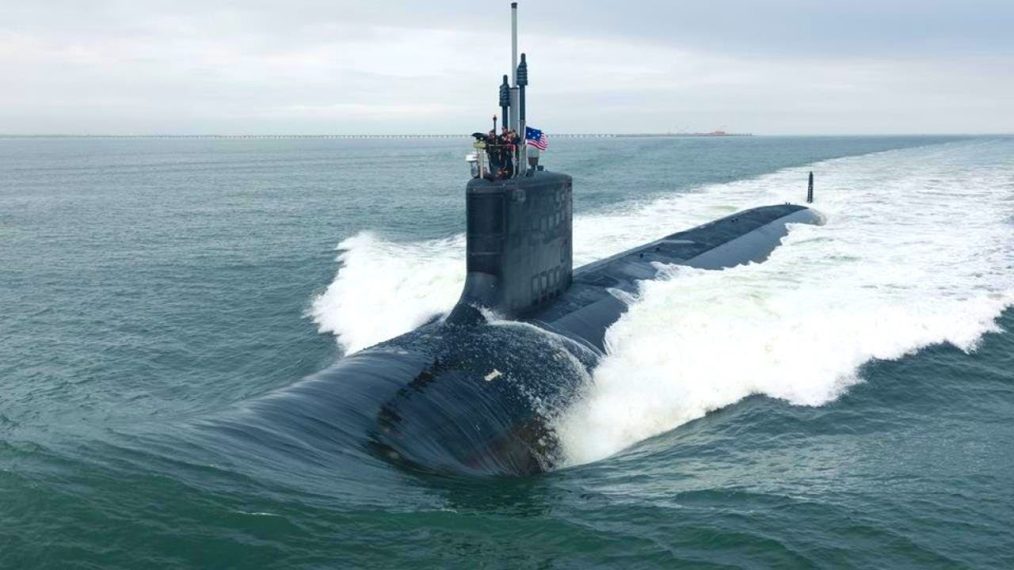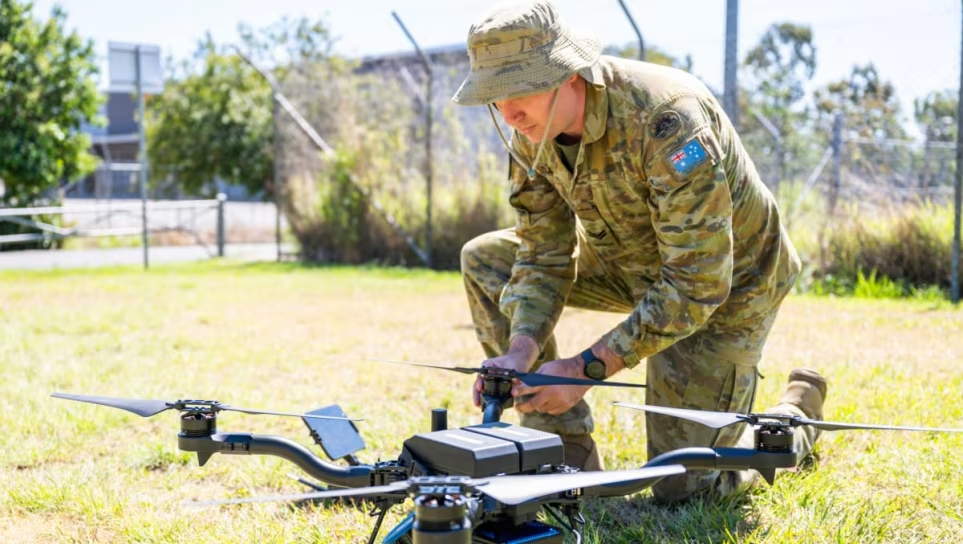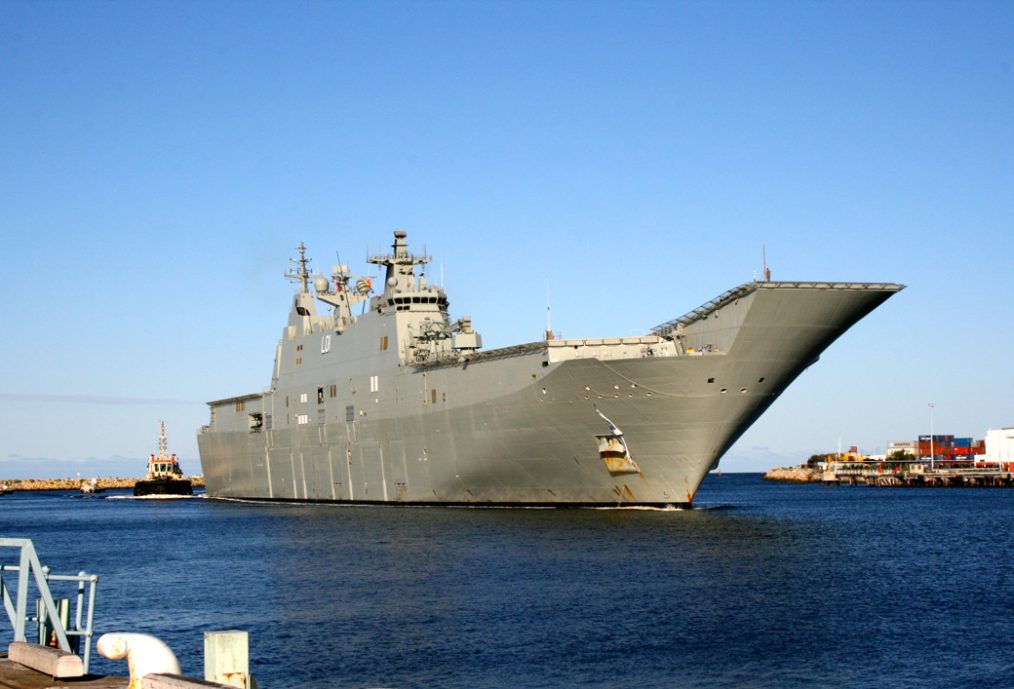Washington Post – David Lancing
WASHINGTON: As Australia embarks on a transformative defence initiative through AUKUS—an alliance with the United States and United Kingdom focused on nuclear-powered submarine technology—the country faces increasing pressure to engage the public. Despite AUKUS’s potential to bolster Australia’s defence capabilities and reshape its role in global security, communication with Australian citizens has been limited. At the recent Submarine Institute of Australia conference, officials and experts urged a more transparent and proactive approach to gaining public support and understanding.
Australian Defence Minister Richard Marles spoke at the conference, emphasizing the government’s commitment to transparency on the AUKUS project, estimated to cost $368 billion AUD over the next 50 years. He acknowledged that public scrutiny is essential for the success of such an ambitious initiative, particularly given the complex nature and significant financial investment involved.
Marles invited a “holding to account” of government actions, encouraging constructive criticism to identify any gaps or challenges. “We are not going to get through this without intense scrutiny, so give it to us,” he remarked. His comments underscored a shift in approach, contrasting with Australia’s traditionally cautious stance on public discussions surrounding defence matters.
Tracey Hanley, Deputy Director of the Defence Research Institute at the University of New South Wales, noted that Australia has been “a little bit slow off the mark” in communicating the significance of AUKUS to the public. However, she expressed optimism, stating that the importance of the pact is gradually gaining recognition. Hanley emphasized that openness, particularly on issues that can be discussed openly, is critical to securing the “social license” necessary for AUKUS to be accepted by Australian communities.
Social license refers to public approval and trust, especially in projects involving sensitive or complex technologies, such as nuclear-powered submarines. By openly discussing the strategic importance of AUKUS, the government can foster a greater sense of national interest and bring citizens on board.
A challenge for Australia’s military leaders is balancing transparency with security. At the conference, Vice Admiral Mark Hammond, head of the Royal Australian Navy, addressed what he perceived as a “pattern of criticism” in media coverage of the Collins-class submarines and AUKUS. He highlighted successful operations that had gone unreported, arguing that positive developments often receive little media attention.
However, some defence experts questioned Hammond’s comments, noting that the military must proactively share information with reporters if they want positive stories covered. By selectively withholding information, the military may inadvertently create a climate of speculation and criticism.
Vicki Treadwell, the UK High Commissioner to Australia, emphasized the importance of “social license” for AUKUS, urging officials to build public trust by actively engaging with communities. “This new endeavour for Australia requires the Australian people to believe in it, to understand its strategic importance,” she said.
To achieve this, Treadwell encouraged officials to communicate positively about AUKUS in their daily lives, explaining its benefits for Australia’s security and technological advancement. She drew comparisons to British communities near naval bases, which, once involved, often play an active role in security by reporting suspicious activities to authorities. Treadwell also highlighted how the media could play a constructive role by focusing on job creation and technological innovation associated with AUKUS, rather than solely on potential risks.
The partnership involves not just defence, but also an integrated industrial base among the US, UK, and Australia. US Ambassador Caroline Kennedy noted the challenges in America’s submarine industrial base, which currently struggles to meet component demand for Virginia-class submarines. She proposed an “AUKUS visa” to facilitate cross-border collaboration and make it easier for defence industry workers and experts from the three countries to move between their respective facilities.
This proposal, still under discussion, has the potential to address workforce shortages and accelerate the transfer of knowledge and resources needed for AUKUS. Marles expressed support for the concept, indicating that discussions were ongoing with the US and UK to streamline international movement for AUKUS-related personnel.
For Australia, AUKUS requires a significant cultural shift in how the government and military communicate with the public. As officials embrace a more open and collaborative approach, they hope to foster a sense of shared responsibility and trust. This marks a notable change from Australia’s traditionally reserved stance on defence matters.
If successful, AUKUS could become a model for how to engage the public in defence and strategic partnerships. The challenge lies in balancing transparency with security needs and in addressing public concerns about safety, cost, and environmental impact.
By actively engaging with communities, building trust, and transparently addressing concerns, Australia can lay the groundwork for a long-term partnership that not only strengthens its defence capabilities but also secures the support and trust of its people. As AUKUS progresses, this effort to engage and inform the public will be crucial for its acceptance and success.









